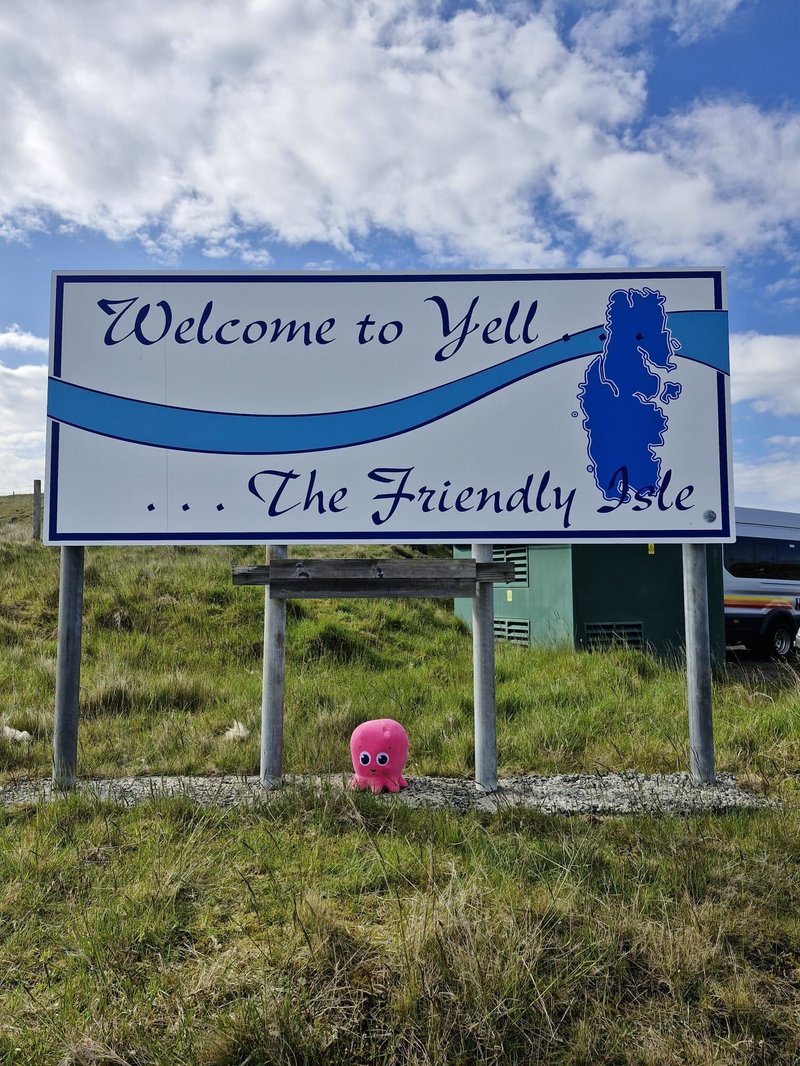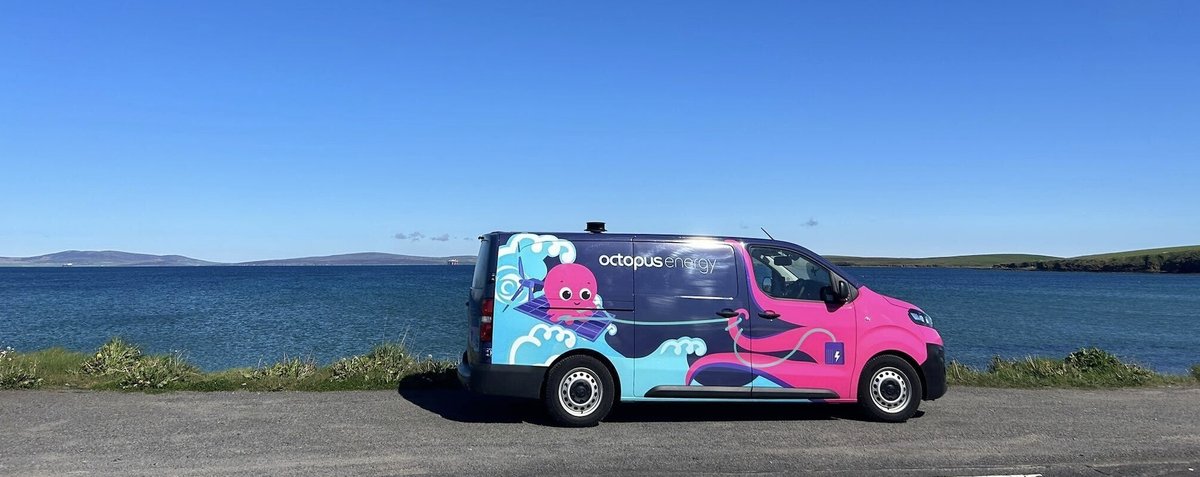Going the extra mile: installing smart meters in Britain's most remote locations
Customers in far-flung corners of the UK often think smart meters and EV's are out of reach for them. But we love a challenge, and we’ll go above and beyond to make it happen. From ferry-hopping and speed-boating in the Isles of Scilly, to helicoptering and trekking remote landscapes in Scotland, our engineers do it all. At times even carrying heavy equipment to customers on foot if it means they’ll get cheaper, greener energy.
I spoke with Matthew, an Area Manager, and Dan, one of our engineers, to find out what it takes to get smart meters from A to B and hear about some of the stunning places they’ve been.
Samsam: So, Matthew - what do you do?
Matthew: As an Area Manager, I handle installations and lead teams, often in some of the UK’s most remote locations. We install smart meters and EV chargers - in these rural areas, getting there can mean day/night long drives and even a ferry ride. Sometimes it takes 15 hours just to reach a site, but our priority is making sure everyone has access to reliable energy and a great service, no matter where they live.

Samsam: How do you keep things running smoothly when you’re working in some of the most remote corners of the country?
Matthew: We’ve got a system that ensures we visit every area we work in, at least every six weeks. That means super remote places like Shetland, Orkney and the Isle of Skye all get regular coverage. In fact, we’ve just hired an engineer from Stornoway who’s been working on the Isle of Lewis for 20 years.
He knows the island so well he doesn’t even need sat-nav— plus, he knows most of the people there!


Matthew: Right now, our engineer Dan is on the Isle of Tiree, which has a population of about 650 people. He's staying at a small hotel tonight in this rural town tonight, and was just asked by them to check their meter! They're so happy to have an engineer in town.
I've been so busy because customers are coming up to me as soon as they see the pink Octopus van, asking if I can fit a meter for them whilst I'm here.
Engineer, Dan.
Samsam: What are some of the most fun experiences you’ve had in these remote locations?
Dan: Well, just this morning I was stuck in traffic because a sheep decided to take a little nap on the road. It was hilarious - and there’s worse places to be in traffic than a stunning mountain in rural Scotland!


Samsam: Definitely! And where else have the team been lately?
Matthew: A lot of our work takes us to the most remote corners of Scotland—think windswept isles and tiny villages miles from the nearest town. But we’ve also been busy off the coast of England too, in stunning spots like the Isles of Scilly - it's one of the most beautiful places to work. Whether it's hiking across grassy fields, or hopping on a speedboat, if there’s someone who needs a smart meter, we’ll find a way to get there.


Samsam: And what are some of the biggest challenges with installations in these locations?
Matthew: Logistics. Travel costs are huge—sometimes we need an overnight ferry, like the 13-hour one from Aberdeen to Shetland. And accommodation can be tough, especially in places like the Isle of Skye during peak tourist season.
We also work in places where you can’t even take a van. On some islands, our engineers have to leave the van behind, hop on a ferry on foot, and either walk or get picked up by a local. They carry all their equipment in a backpack, and we ask for photos of the installation site beforehand to make sure they bring exactly what’s needed.


Matthew: If there’s an emergency, it’s all hands on deck and sometimes an engineer will travel for days at a moment’s notice. It’s hard work but it’s fulfilling, and we do it all as a team.
Dan once had to walk three-quarters of a mile from the ferry terminal to a customer’s home carrying all his gear. That’s dedication!
Samsam: How do customers react when you show up?
Matthew: They’re usually really relieved. Some people have been waiting years. One customer had been waiting over a year for a new connection. Unfortunately, their appointment got cancelled, and they ended up switching to us, and we were able to help them. This happens a lot in rural places - which is why we work so hard to reach people.
This morning, a customer said, I’m the talk of the island— my Octopus van was spotted on day one! Their local Facebook group was buzzing
Engineer Dan


Samsam: What makes Octopus different from other energy providers in these situations?
Matthew: We don’t just show up, install a meter, and leave. A lot of other companies will put in a smart meter, realise it doesn’t work due to network issues, and just move on. But we take all the extra steps necessary to make sure the meters actually work before we leave.
There’s a technical challenge with smart meters in the north of the UK because they rely on different signal types. The usual system doesn’t always work in these remote locations, so we got permission to use an alternative hub. That means our engineers can nearly always get smart meters up and running properly, no matter where.
We’re not just ticking a box—we’re making sure customers in even the most remote areas get the same quality of service as anyone else.
Matthew
Samsam: Smart meters are becoming more essential by the day, right?
Matthew: Absolutely. With the rise of EVs, heat pumps, and solar tariffs they are a must-have. Many customers have missed out on huge savings by waiting too long, and with thousands of non-smart meters of a specific type (called a Radio Teleswitch meter) are due to be switched off this year, leaving customers without a properly working meter. We want to make the transition as smooth as possible, that’s why we’re ramping up appointments and working hard to make sure everyone in rural areas has access to smart meters and reliable power—it’s not about profit for us, it’s all about service.

Samsam: If someone rode along with you for a day, what would surprise them most?
Matthew: Just how remote and beautiful it is, in these parts of Scotland. It’s a different world out here.

More from the Octo-Verse



Published on 11th April 2025 by:
Hey I'm Constantine, welcome to Octopus Energy!
×Close window

